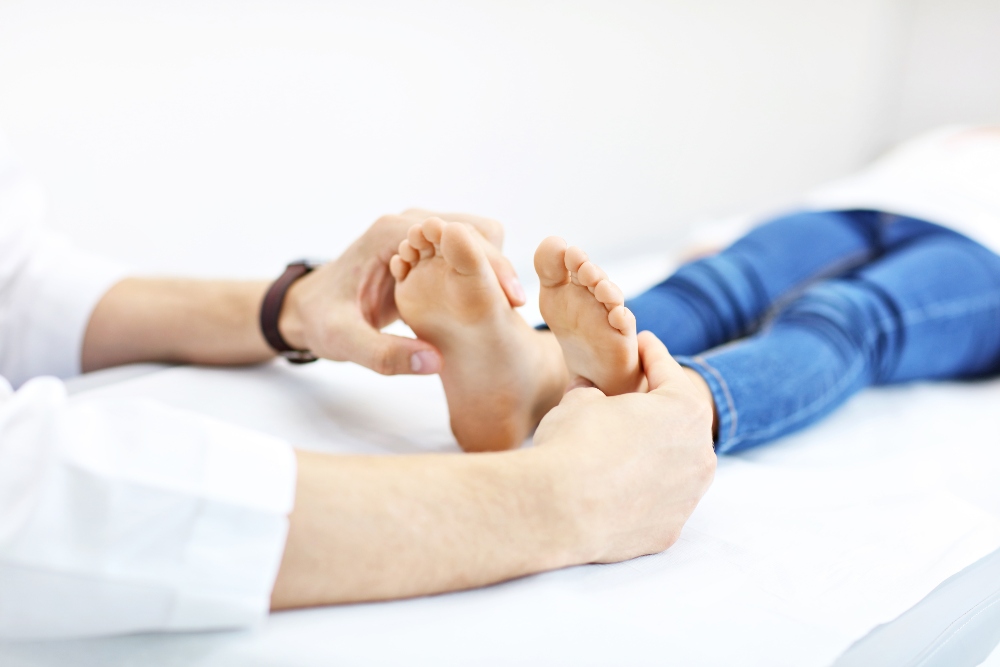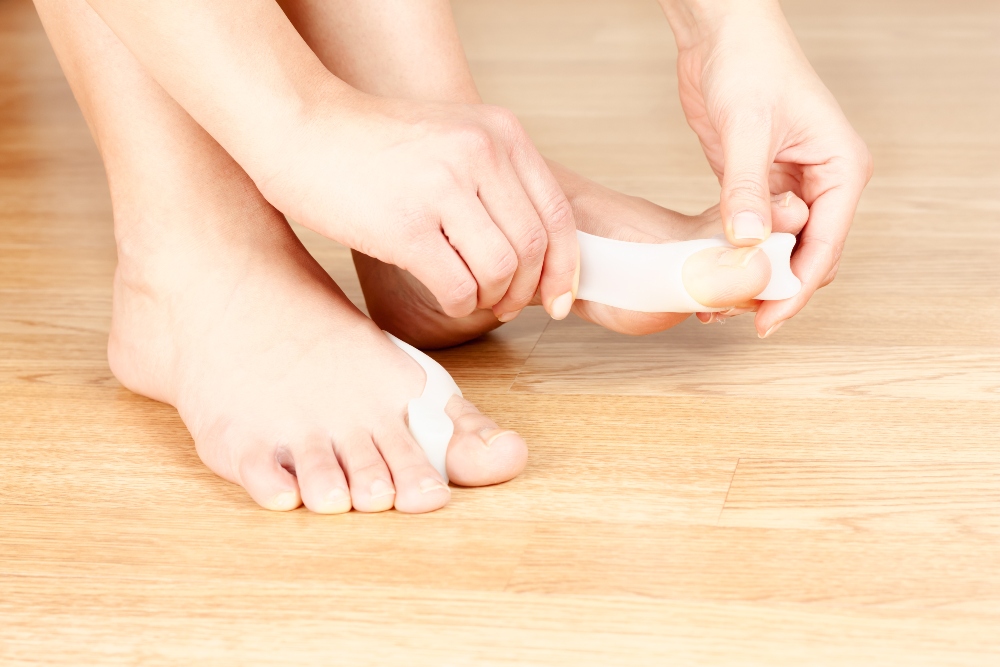You’ve heard of bunions on adults, but children? Yes, juvenile bunions are a thing. It’s characterized by the same bump by the big toe and similar foot pain that older patients experience.
But although sufferers can have the same condition no matter the age, juvenile bunions differ from adult bunions in a number of ways and often involve varying treatment methods.
Here’s your 101 introduction to children’s bunions:
What are Bunions?
A bunion is a foot deformity in which your big toes flex inward, causing a bony bump to form at the base of the toe joint.
For many, this foot condition creates a misshapen, jutting bone to one side of the big toe. Not only do many patients find the swollen, red formation unappealing, but the deformity often causes excessive discomfort. From struggles finding properly fitted shoes to pain when walking barefoot, the frustration or irritation is often hard to avoid.
For those who don’t know much about this foot condition, we recommend first reading our article on common questions about bunions.
The Difference in Cause

While both adults and children were likely born with problems with the shape of their foot or deformity in the ligaments of the metatarsophalangeal joint, posture or footwear play a huge role in exasperating these issues into bunions.
Adults who wear heels— or other ill-fitting shoes that are too tight or staining— can form bunions (or hammertoes!) over time, whereas children with bunions likely don’t have this problem.
Oftentimes, adult cases of bunions are the result of poor, chronic footwear choices, while juvenile bunions are mostly always due to a genetic predisposition.
Less often, but in some cases, children bunions may be caused from juvenile rheumatoid arthritis or neuromuscular disorders like cerebral palsy or low muscle tone like Down Syndrome.
The Difference in Treatment
For chronic adult suffers, surgery is often the best corrective measure. Though custom-fitted shoes or inserts can help to relieve pain, they won’t “fix” the deformity.
Children, however, are a different story, entirely.
The foot doesn’t stop growing until a child typically reaches 15 or 16 years old. Because children’s feet haven’t reached maturity, surgery is often not considered. A podiatrist will not want to risk affecting the bone’s growth and may have to perform surgery again after the bones and joints fully develop.
For this reason, a foot care specialist will likely offer a few short-term solutions to see if the matter corrects itself as the child’s feet change and grow.
A podiatrist will advise fitting your child into roomier shoes or custom orthotics to match their foot shape, recommend wearing a splint at night to help straighten the bone, help to establish a regular stretching routine to strengthen the muscles and establish a better gait and more.

Get the Diagnosis, Early
Although your child’s foot structure needs time to develop throughout their teens, early diagnosis and preventative treatment can help to eliminate future foot problems.
If you suspect your child may have juvenile bunions, don’t wait. Come in for an appointment now before a couple more years of strain leads to a need for surgery later.
Though bunions are often characterized by the iconic bulge next to the big toe, oftentimes other conditions like misaligned feet or the early stages of hammertoes could be causing your child’s discomfort.
Give us a call at 239-936-5400 to schedule an appointment, today.
Categorized in: Blog